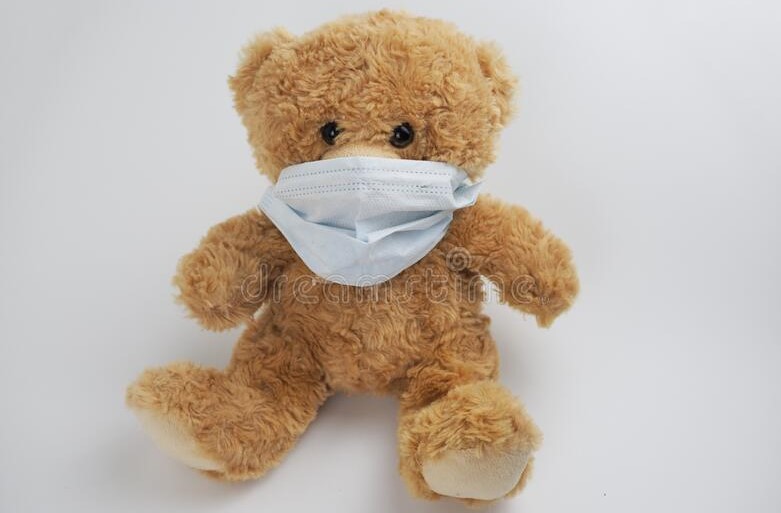Children are now at grave risk from the coronavirus in Sri Lanka, health officials warned today.
Public Health Inspectors (PHI) Association Secretary M. Baalasooriya has told Colombo Gazette that a large number of children have been found to have been infected at present.
Apart from children, the risk of infection is high for pregnant women in Sri Lanka as well. A large number of pregnant women are currently infected with the virus in several areas in the country, he has said.
Commenting on the precautions that could be taken to prevent children from being infected, Baalasooriya has said that the face mask regulation for children has been revised.
From now on children above the age of two must wear face masks when being taken outdoors.
Initially, children above the age of five were required to wear face masks when outdoors. However, due to the significant spread of the coronavirus among children currently, the rule has been revised to children above the age of two.
He further called on the parents to ensure that children do not gather together at any time and always maintain social distance with outsiders.
Meanwhile, the Director of the Lady Ridgeway Hospital for Children in Colombo Dr. G. Wijesuriya has informed Colombo Gazette that a large number of children are among infections being detected in Sri Lanka at present.
He said a high number of infected children have been found in several areas of Sri Lanka over the last few weeks.
Here are Guidelines issued by American Academy of Pediatrics ( last updated on 03 May 2021) on Children wearing face masks:
How do I help my child get used to wearing a mask?
It is understandable if your child seems afraid of wearing a mask at first. Here are a few ideas that might help make them more comfortable:
- Look in the mirror with the face mask on and talk about it.
- Put a mask on a favorite stuffed animal.
- Decorate them so they’re more personalized and fun.
- Show your child pictures of other children wearing them.
- Draw one on their favorite book character.
- Practice wearing the face mask at home to help your child get used to it.
For children under 3, it’s best to answer their questions simply in language they understand. If they ask about why people are wearing face masks, explain that sometimes people need to wear them to stay healthy.
For children over 3, try focusing on germs. Explain that germs are special to your own body. Some germs and good and some are bad. The bad ones can make you sick. Since we can’t always tell which are good or bad, the face masks help make sure you keep those germs away from your own body.
The good news is, as people continue to wear face masks, children have gotten used to them and are less likely to feel singled out or strange about wearing them. It has quickly become the “new normal” for all of us.
What about children with special health care needs?
- Children with weakened immune systems or who have health conditions that put that at high risk for infections are encouraged to wear an N95 mask for protection.
- Children with medical conditions that interfere with cognitive or lung function may have a hard time tolerating a face mask. For these children, special precautions may be needed.
Is there a “right way” to wear a mask?
Yes. Place the mask securely over the mouth and nose and stretch it from ear to ear. It should fit snugly along the sides of the face without ang gaps. It can be held on with ear loops or ties. Remember to wash hands before and after wearing it and avoid touching it once it’s on. When back home, avoid touching the front of the face mask by taking it off from behind.
Wash and completely dry cloth face masks after each wearing.
Note: Face masks should not be worn when eating or drinking. Also, make sure the mask has no choking or strangulation hazards for young children.
What kind of face mask is best?
Face masks with multiple layers of fabric are fine for most people to wear. Try to find the right size for your child’s face. Adult masks are usually 6×12 inches, and even a child-sized 5×10 inch covering may be too large for small children.
How do I keep my child from touching their face mask?
It may be challenging for very young children not to fidget with their face mask, so expect to give your child plenty of gentle reminders. When mask-wearing is reinforced by adults and peers, they will learn to follow directions. Just like children understand that they must wear bicycle helmets and buckle into their car seats, they will learn to wear masks correctly and routinely when needed.
How do I protect my baby who is too young for a mask?
The best way to protect your baby is to practice physical distancing, and encourage people who are around your baby to wear face masks and take other measures to reduce COVID-19 risk.
Remember
Along with physical distancing, hand washing and vaccination when it becomes available, mask wearing is key to reducing SARS-CoV-2 infection and spread. Children who are sick (fever, cough, congestion, runny nose, diarrhea, or vomiting) should stay home. If you have any concerns about your child’s health, talk with your pediatrician.
